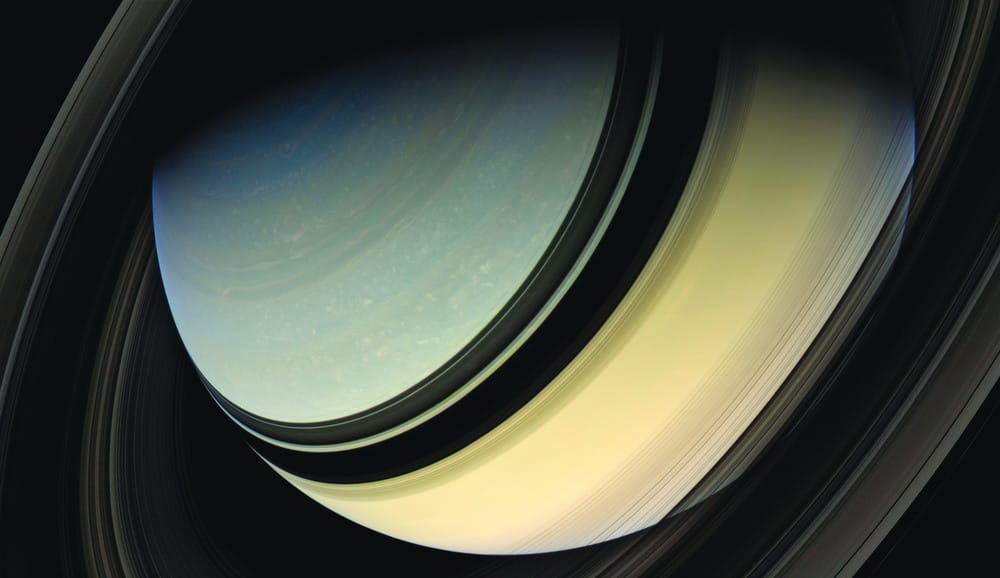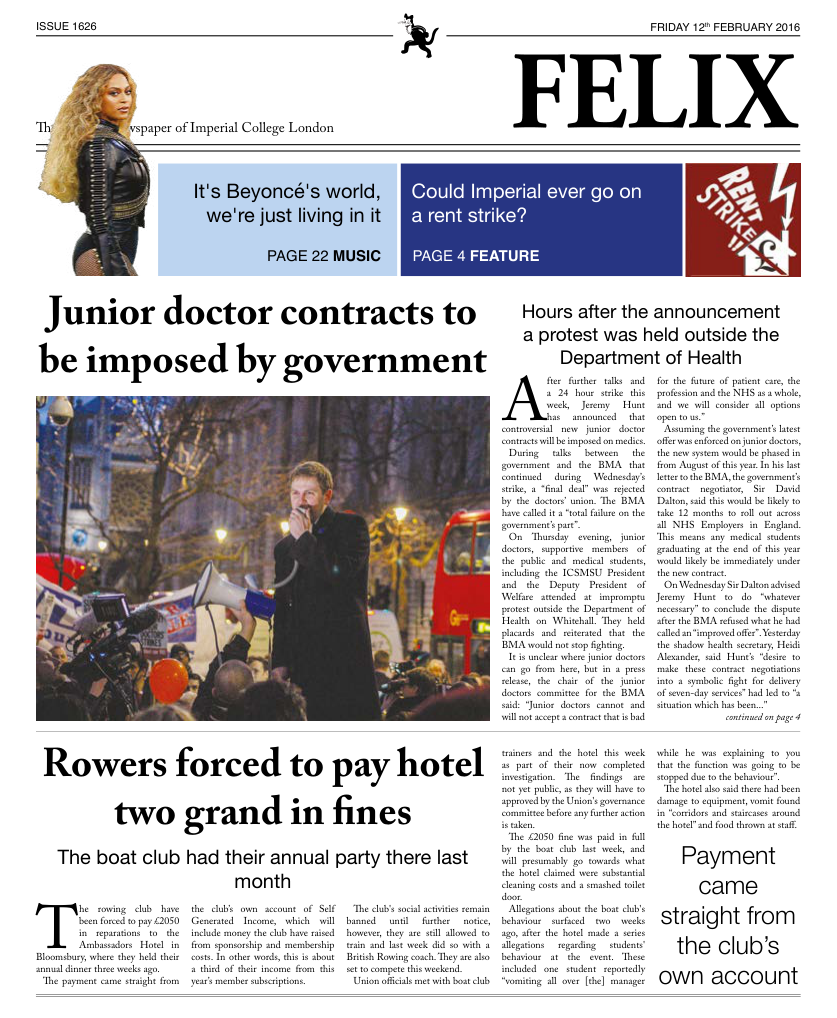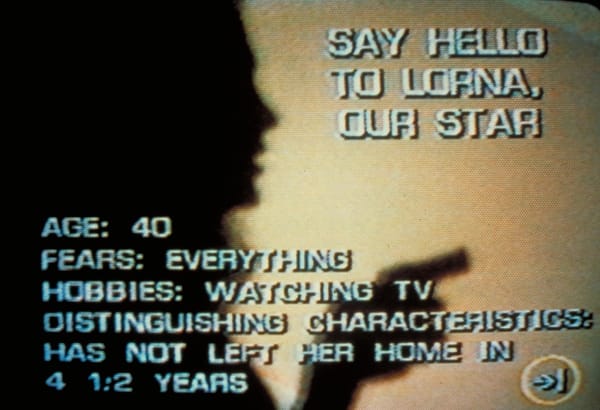The visual legacy of space exploration
Michael Benson’s photographic journey of the solar system shines at the NHM

The latest offering from the Natural History Museum is a photography exhibition titled Otherworlds. Like all great collections of art, it aims to intrigue the intellect as well as stir the emotions. In its own words, Otherworlds aims no less than to “embod[y] the symbiosis between art and science”, and “simultaneously reveal the ethereal beauty of far-off worlds and clues to how the solar system…began”.
And reveal this it does. Unlike with most photographic exhibitions, the puppeteer of our heartstrings is, in this case, not human beings but machines – machines named Rosetta, Lunar Orbiter, Magellan, Viking Orbiter, and Curiosity, among others. They are the probes and robotic spacecraft that wind their weary path around the cosmos, ceaseless, untrammelled by friction and resistance in ways that most human photographers can never be. They are the farthest manifestations of our eyes, and indeed, most remote incarnations of the human observer. The images they obtain are random, largely unguided, and yet those are the images that most move us. It’s funny – we are so used to the terrestrial terrain that it takes a skilled eye and an artist of great creativity to inspire us with the everyday sights around us; not everyone can be a photographer on Earth. But these cosmic subjects, so perfect are they in their form, movement, and composition that even the chance image by an ancient camera can be possibly the most beautiful photograph ever taken.
We start off our journey on Earth, which, as you would imagine, is the most natural place for lift-off. The viewer is encouraged to meditate on terrestrial vistas – the gorgeous specular reflection off the Caribbean sea, the vast spread of Mexico’s Yucatan peninsula. Across the latter a fire rages – a result of slash-and-burn deforestation. “Signs of human intervention can be seen even from very high orbits,” the label describes. On one hand, it is a grossly embarrassing realisation. On the other, it is a relief – one has to only travel a little bit further before the views are no longer marred by mankind’s folly.
The biggest and most pristine spectacles that could ever be viewed
We are then treated to the moon, paired against the Earth, photographed in 1967. A year later, humans would witness earthrise for the first time, during the Apollo 8 mission. Only a few years later, we made our last trip – since 1972, no human being has ever left low Earth orbit.
And the Sun is next! A seething, pulsing, billowing, boiling ball of red, white and orange, against a featureless black backdrop. On its quietest days, the panel describes, the Sun is “sobering”; when in a more volatile mood, it is “downright terrifying”. There is a great macabre beauty to the ball of fire, almost Lovecraftian – it’s no surprise that those of creative persuasion are drawn to it. There are at least three young artists sitting and sketching, and one child has been fixated by it ever since I walked in.
Mercury, Venus and Mars are their usual hostile selves. However, beauty rears its unexpected head in all the starkness – the way sunlight bounces around Mercury’s tumultuous topography creates a softer day-night divide that we see on Earth, and Mars’s global dust storms shroud its giant canyons in a veil of red. Speaking of Mars, there is a picture of Curiosity looking back on its tracks, and it is poignant because it’s almost a metaphor for humans looking back at their footprints – which one wishes we did half as often as rovers do.
Leaving human footprints behind, we arrive at the gas giants – Jupiter, its stormy self, and Saturn profoundly affecting with its graceful, almost perfectly geometric form. If Jupiter is the roman God of sky and thunder, Saturn is a ballet dancer with hula hoops. The rings reflect so much light onto Saturn’s night side that there “a perpetual twilight lingers”. Ultimately, the gas giants are outshined by their moons – particularly beautiful is a picture of Enceladus, one of Saturn’s moons (and not a Mexican appetiser) which erupts a vast spray of water into space that immediately freezes into a column of ice.
The photos of the outer planets are among the most remote views ever witnessed by Man. They appear cold and distant, but even they too have an unexpected side to them. Last year, we flew by Pluto for the first time – and what we discovered was that the dwarf planet’s atmosphere, backlit by the sun, was as blue as earthly skies. One wonders if the grass, too, is greener, on the far side of the solar system. It is a lot to take in. One gets a sense that the planets are dynamic, graceful things, rather than featureless hunks of rock. Often, heavenly bodies are just specks in the sky, but in Otherworlds, these dots in the firmament become living, breathing entities, colourful, commanding, awesome, awe-inspiring – they are, almost literally, the biggest and most pristine spectacles that could ever be viewed. And here they’ve captured them on camera.









